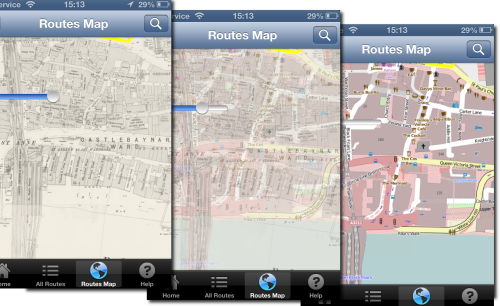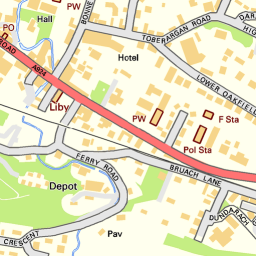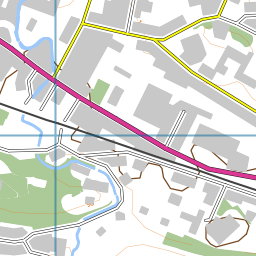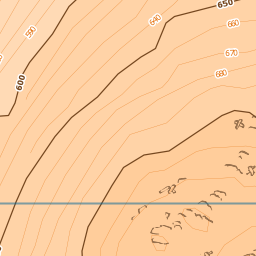“Today we have a guest blog post from one of the Geo-developers at EDINA. Â Mike works as part of the data team and is usually up to his oxters in databases ensuring that the data offered through Digimap is both up to date and in a useful format. Over to Mike.”
Following on from successful meetings In England and Wales, on 19th March I attended the inaugural “Scottish QGIS User Group” hosted at Stirling University. My first thought revolved around the level of interest that such a meeting would acquire, but as it turned out, it was very popular. I was also surprised at the geographical spread of the attendees, with several folks coming from Brighton (Lutra Consulting) and Southampton (Ordnance Survey) as well as all over Scotland & northern England. Although the attendees were dominated by public sector organisations.
Talks/Presentations:
- QGIS Evangelism -Neil Benny – (Thinkwhere)
- QGIS performance enhancements – Martin Dobais (Lutra)
- Developing QGIS -Â Peter Wells – (Lutra)
- AutoTrace Plugin – Saber Razmjooei – (Lutra)
- Cartography in QGIS – Charley Glynn – (Ordnance Survey)
- Data Connections in QGIS – Heikki Vesanto (thinkWhere)
A more detailed breakdown of the presentations can be found here: http://ukqgis.wordpress.com/2014/03/25/scottish-qgis-user-group-overview/
From my own perspective, the talks on developing QGIS and Cartography in QGIS were of particular interest – demonstrating the every growing potential of QGIS. Additionally, the improvements (particularly speed enhancements)  that look to be coming soon (as highlighted in Martin Dobias’ presentation) are impressive.
As for the user group itself, it will be interesting to see where it goes from here and what direction it will take. How will future events be funded? How often should the group meetup? What location? A recommendation from myself would be to have general presentations and talks in the morning, then in the afternoon split into different streams for beginners / users / developers.
At the end of the meet-up (and a few geo-beers in the pub) there was definitely a sense that everybody got something out of the event and would like to attend more meetups in the future.
A special mention of thanks needs to go out to Ross McDonald – @mixedbredie (Angus Council) for his efforts to organise the event and additionally thinkWhere (formally Forth Valley GIS) for sponsoring the event.
Links and seful things




















